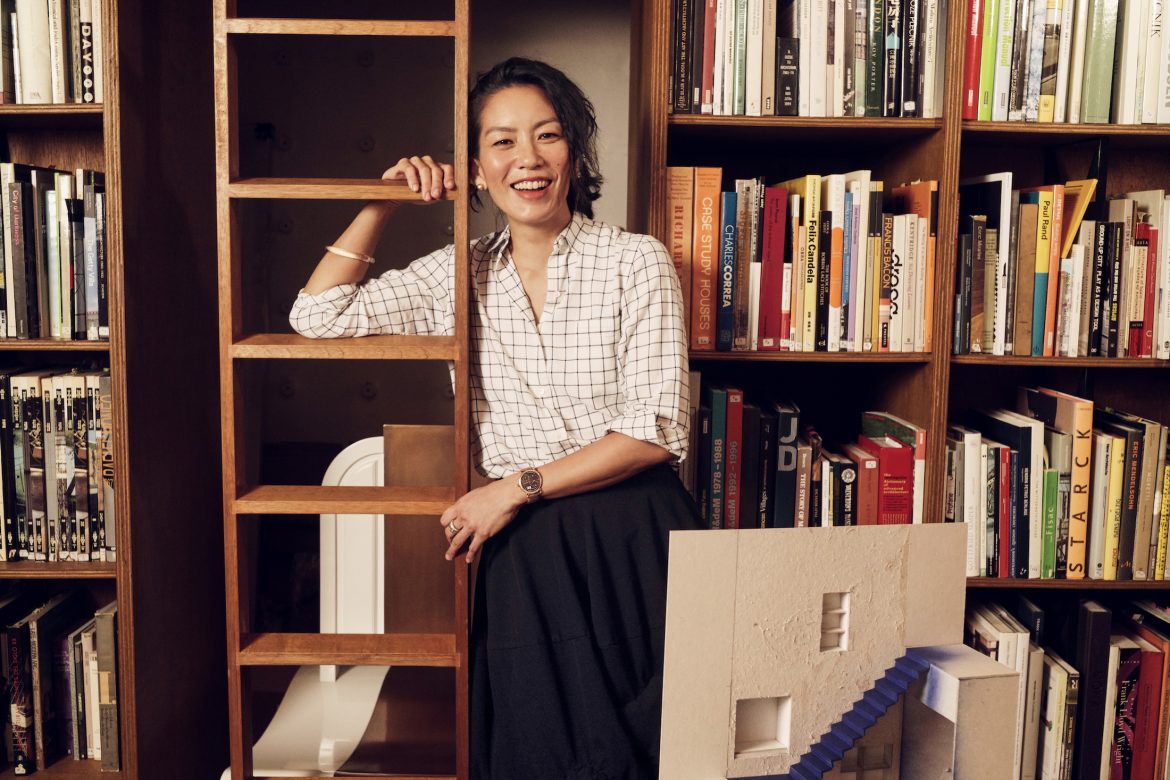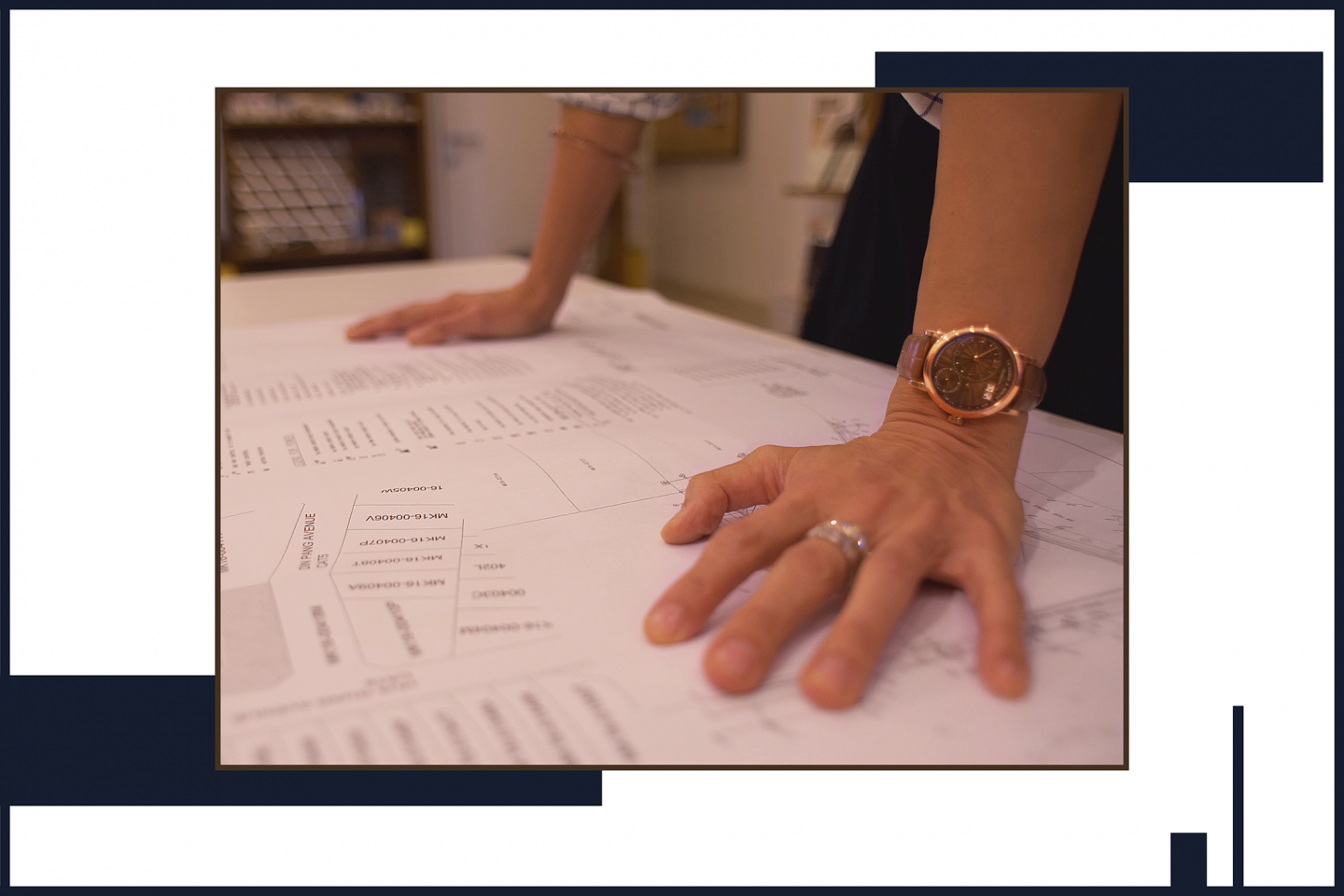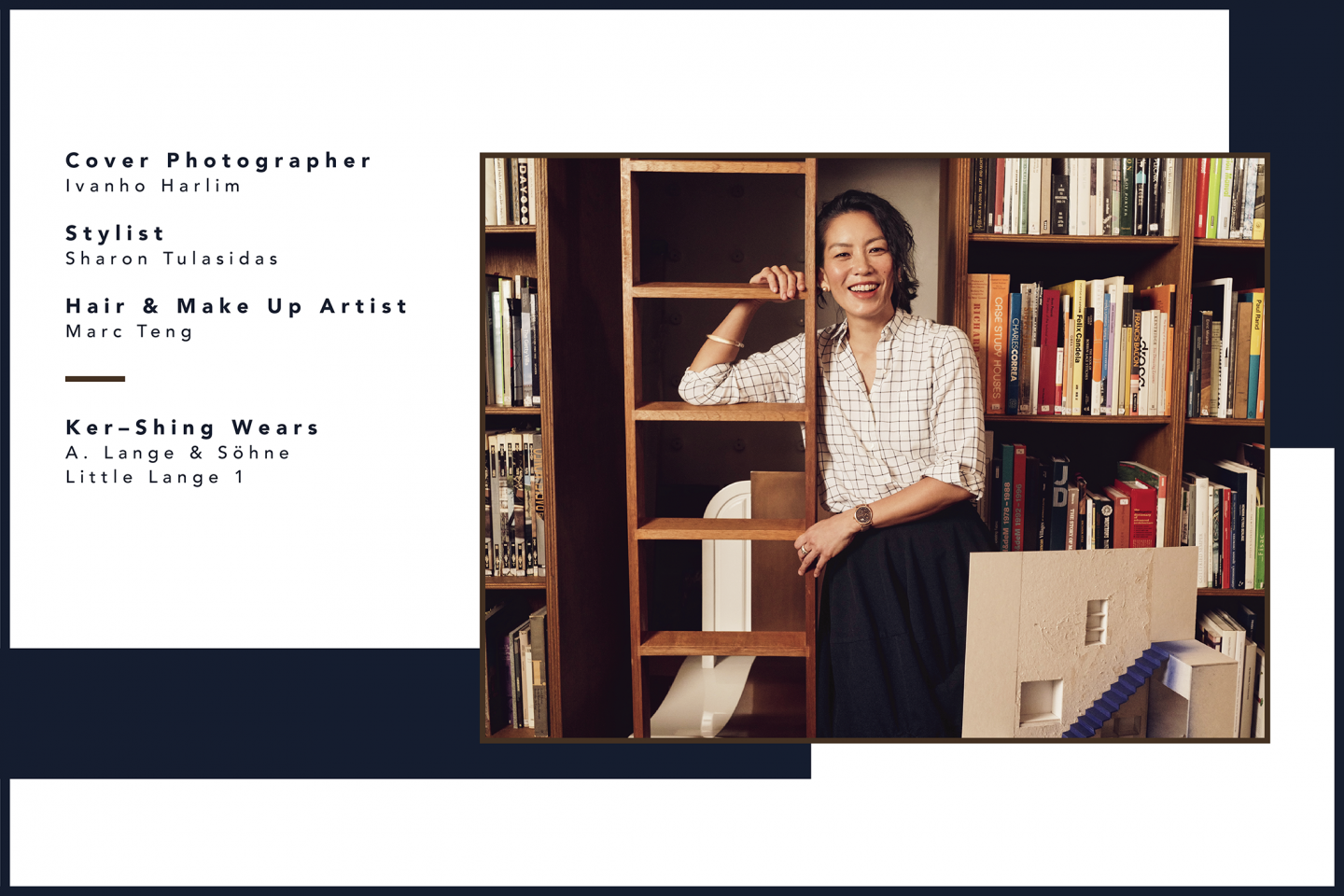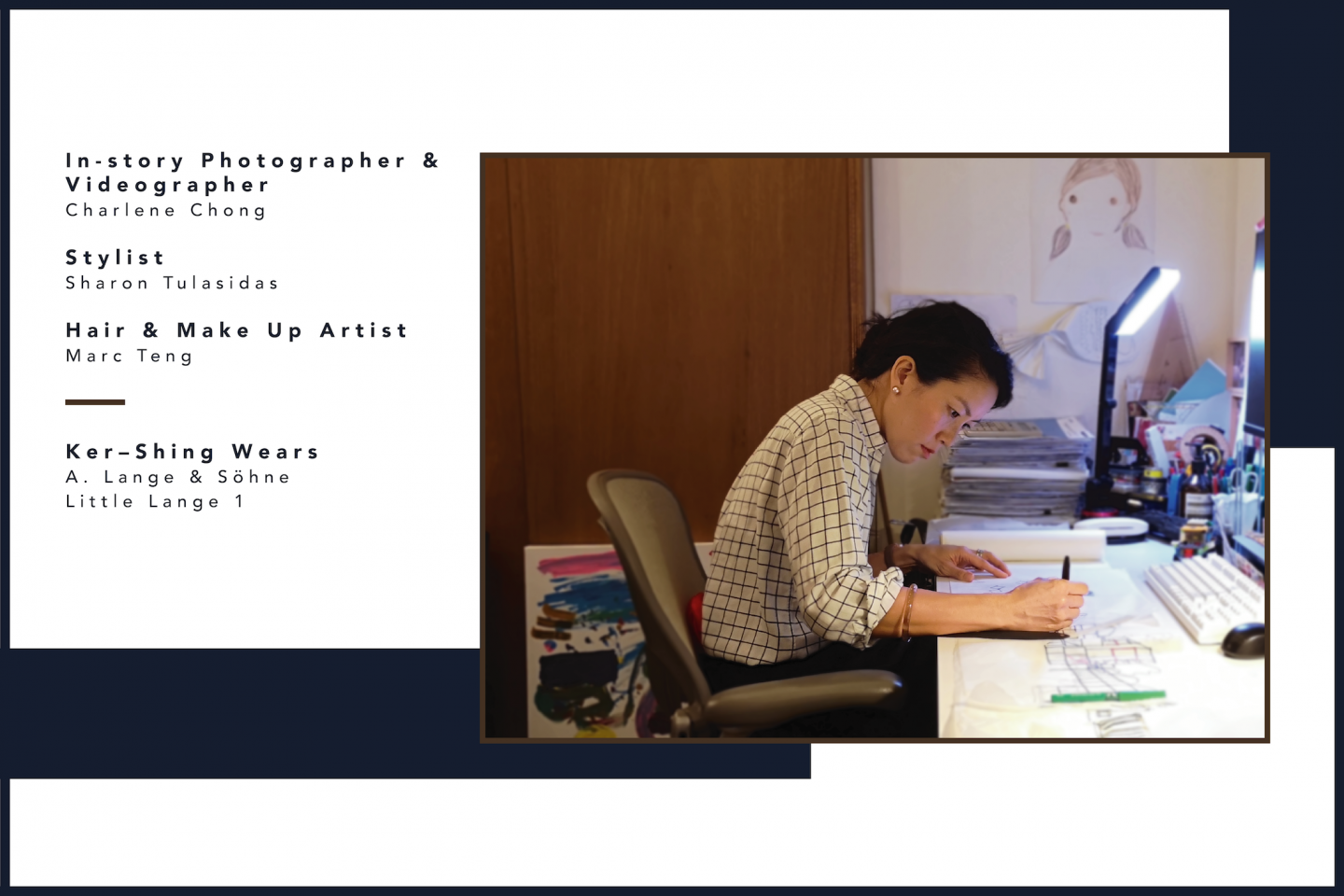Meet Benedict Teo, Ong Ker-Shing and Dr. Anders Gustavsson, 3 personalities, who encapsulate the subtle, time-honored horological craftsmanship of A. Lange & Söhne in what they do, and who also embrace Lange’s philosophy of Never Standing Still.
Lebanese poet-philosopher Kahlil Gibran believed that work, and therefore craft, is inseparable from love. He said, “Work is love made visible… For if you bake bread with indifference, you bake a bitter bread that feeds but half a man’s hunger. And if you grudge the crushing of the grapes, your grudge distils a poison in the wine.”
In the same way, a bona fide craftsman does what he loves and therefore loves what he does. And even though, in a very broad sense, everyone can be a craftsman, and we all craft in one way or another in our lives every day, does what we build and spin truly have lasting power, leave a legacy, and make the world better?
At Lange, where sincere dedication shapes the brand, a sort of pure passion that makes them strive for perfection day after day, it is about perpetually looking for a better solution, even though a compelling one has already been found.
The commitment to perfection even in the minutest detail is Lange’s time-tested unique selling point. This is manifested in the matchless movement of an A. Lange & Söhne timepiece. Its specific type of finissage, seen or not, must comply with the brand’s rigorous artisanal and aesthetic standards.
In authentic A. Lange & Söhne craftsmanship, it takes several months of rigorous practice to achieve a flat polished finish for every timepiece, while in the art of chamfering, great pains are taken to ensure that the edges are not only bevelled to the same angle, but also to the same width. Lange’s special type of finish, reserved for the balance cock, and the exquisite Lange-style floral pattern engraving, also make each Lange watch distinctive.
Every A. Lange & Söhne watch is lavished with the same degree of attention – whether it is a sophisticated complication or a classic three-hand timepiece. All processes and procedures needed to create each horological wonder, are focused on breaking innovation barriers and realising new possibilities in watch-making.
True craft, after all, is a journey that both celebrates joys and achievements, as well as overcomes challenges and upheavals; true craft is about evolution and never standing still.
Shaping the Environment through Imagination and Invention
At age 20, Ong Ker-Shing, 44 this year, Director at Lekker, a full-suite, turn-key design and architecture firm that she owns with her Design Consultant husband, was at a craft cross-road.
“When I was in college I was torn between pursuing Medicine or Architecture in graduate school. For a few years I did internships with architects and with doctors. I followed my surgeon father around the hospital, and I went on a mission with plastic surgeons from SGH to East Timor to conduct cleft lip and palate surgery. Because they were so understaffed and there were so many people there looking for help, I even had to scrub up and assist in surgery!
“It was a difficult decision for me because both my parents were medical doctors, and I wanted to become a plastic surgeon focusing on reconstructive surgery, but I ultimately found that I did not want to be confronted all the time with the knowledge of human frailty, whereas I was happy walking the world in wonder at the power that the built environment had over me,” she remembers.
Ker-Shing celebrated her 20th birthday on this mission and the doctors told her that how she cut her birthday cake would determine whether she would become a surgeon or an architect. “I remember slashing the cake! There was no going back after that.” That, and the fact that growing up, she was very aware of her spatial surroundings. “I noticed how places looked, how they made me feel. I have strong spatial memories.”
The mother-of-three defines architecture as – like any bona fide creative process – “non-linear, but cyclical and iterative. Architecture is a constant practice. It requires patient thinking and re-thinking, designing and re-designing, making and re-making, and each time you go back to re-consider it, you get that little bit better at it. It is slow, one-off and incredibly time-intensive.”
At Lekker, Ker-Shing and her husband, Joshua Comaroff lead the team in exploring how built environments affect how people feel, experience and live. “At the end of the day, what is life about but being fully in the now and space (the space that one is in) is one of the most powerful ways of affecting how someone feels, and through that emotional state, we can impact how someone experiences something.”
Their existentialist stance does not mean they would take on just any immense, ambitious project, only those that have the potential to “transform the way people see big issues (e.g. inclusion, ageing…), or to spark a sense of wonder and magic. Space is like smell, it can bypass the rational and hit you straight in the gut. That is not to say, of course, that our work is anti-intellectual. We remain very much interested in architecture as an intellectual endeavour, but for us this rides alongside the visceral, not in opposition to it,” she explains.
And while space and building design and architecture may be layered and roundabout, the evolution of Ker-Shing’s craft has developed quite differently.
“The evolution of our craft is very much tied to our relationship. It is very personal. We met in Architecture school. We designed a restaurant-bar for my mother and her friends while there, which had a good run of several years (Tamade, at The Quayside). We have designed and made things wherever we have lived. First in Cambridge, MA, then in Shanghai and finally in Singapore.
“And the types of projects we have taken have really followed our life and life’s interests. For instance, when our first two kids were really little, we took on a preschool project, because that was where our heads were at the time. It turned out to be a hugely successful project, becoming the first preschool project ever to win a President’s Design Award. As we started questioning the lack of inclusivity in our kids’ schools, we started looking at inclusive design, for people of all abilities. We just completed a Quiet Room at the National Museum for sensitive children, who need a quiet space when over-stimulated. When my Dad got sick, we became interested in design for ageing, and we started working on a dementia home, design for ageing in place, and now also a hospice day care centre.
“Right now, we are doing something that we have never done before: an interior-design project for a couple with young children, who are dealing with that classic struggle of preserving their identity as an adult couple living in a controlled adult environment, while desiring to spend a lot of quality time with their children, and allowing their children, to fully develop their creativity and ownership of their worlds (i.e. fully enjoy, aka “mess up” their home).
“If I look back and try to describe an evolution I would say that our work has become more focused yet more relaxed over the years. When we first started out, we were very concerned that our projects be used and inhabited in the ways that we had imagined. We got really upset when clients would move into houses we had done and fill them up with horrible furniture and bad art. Or when contractors were unable to build to the quality and precision we expected. We have since really come to terms with the fact that architecture is meant to be lived and experienced, and that we have no way and no right to expect for this to be tightly determined by us. We have learned how to refine and define the architectural ideas that are important in each project, making their articulation robust enough to be compatible with the passage of time and the personal expression of its occupants.”
Never Standing Still
It is quite impossible for this would-be potter (in another life) to ever stand still in her craft. Her philosophy of “not settling on a single ‘expertise’ ” makes sure of that. Explains Ker-Shing, who also owns The Rocket Eyewear Company, purveyors of cool eyewear for the style-conscious, a business inspired by her mother, which Ker-Shing started with her brother Ming, “We have an interesting way of selecting projects to do. We rarely take on more than one project of the same type. We are always putting ourselves on a steep learning curve! But honestly, we get bored repeating ourselves, or when we feel we are not learning something new. A big part of our practice is design research. We enjoy immersing ourselves in new fields, challenging our empathy skills and growing our knowledge. By always nurturing the “outsider” within ourselves, we are able to ask questions that ultimately lead to an innovative way of looking at things.
“On a personal level, I have a bit of a fascination with things that scare me. I say yes to giving talks because I know that doing them will help me articulate my thoughts about my work, and teach me how to adjust how I speak about architecture to reach different audiences, even though the idea of standing up in front of a crowd, talking about myself and my work, scares me. I agree to write even though I hate writing—I don’t think I’m good at it—because I know that it will stretch me and make me stronger, if not a better writer. For example, last year, I wrote an essay for the 2nd Birthday Book entitled Looking Both Ways, which juxtaposed my father’s descent into dementia, with my children’s growing up. It ultimately was a satisfying piece of writing, which I found really helped me to express my sadness and confusion. Another example would be saying yes to making this video!”
This feature is produced in collaboration with A. Lange & Söhne. Artwork by Curatedition, all rights reserved.
Related links:
Timeless Triumph of Mathematics: Anders Gustavsson
Empowering by Advocacy: Benedict Teo
A. Lange & Söhne: Perfect 10 on 25













